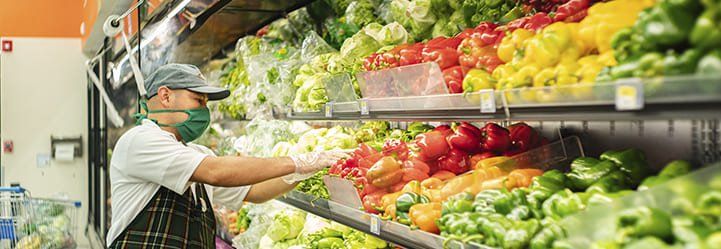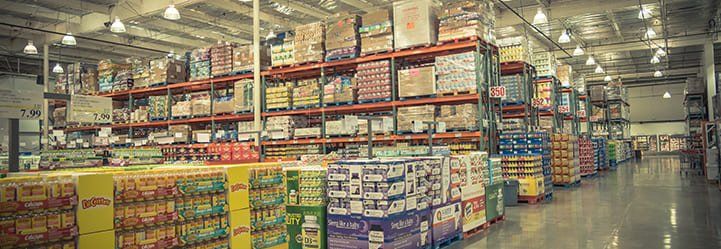The grocery supply chain made it to the stars
Alimentos SAS • Feb 09, 2022
Have you ever wondered how the food grocery supply chain works? Well, due to the difficult times we live in because of the pandemic, people are interested in this topic. Many wonders if it is functioning correctly because they felt some groceries' shortage these last two years.
The good news is that the grocery supply chain and the food supply chain, in general, are working fine. It did face some difficulties, but producers and distributors have learned critical lessons and are more than ready to go on (Datex, n.d).
The grocery industry is undoubtedly a growing industry. It was big before the pandemic, and it grew even more in 2020 and 2021. According to the Market Study Report quoted by Globesnewswire, “global food & grocery retail market size was worth USD 12.29 trillion in 2020 and is anticipated to register an annual growth rate of 5% over 2021-2027, thereby accumulating USD 17.29 trillion by the end of the analysis timeline” (Globenewswire, 2021).
In the US, states Checkpoint, quoting the USDA, “The grocery market had revenues of over $688 billion in 2018 from its huge population of over 115,857 grocery retailers. Stores range from some of the largest retailers in the US to countless local “mom and pop” stores that exist all over” (Checkpoint, 2021).
Despite these numbers, we have to admit that the food supply chain changed during the pandemic. Still, hard as the times were, it faced the new panorama with innovation and came out victorious.
The grocery supply chain: facing the challenges
“During the pandemic, home delivery and customer pickup of groceries exploded. Those changes are now significantly impacting the future of the grocery business, making the business harder and more competitive than before. There are two components to the increase in competitiveness in grocery; one is in-home delivery, and the other is in-store.” (Kestenbaum, 2021).
During the worst months of the pandemic (basically 2020), and even now, home delivery became crucial for survival. We were all locked down, and the only way to get food safely was home delivery. Lots of businesses broke, and the survivors were not like in the old days. Those who could sell the best groceries at the best prices, but those who made it easy to buy with the mobile phone (BBC, n.d).
Many grocery stores went bankrupt in developing countries with difficult access to technology. Nonetheless, small retail stores changed and navigated the tough times skillfully. The importance of handling technology became a piece of evidence for almost everybody (MacKensy & Company, 2020).
Learnings for the grocery supply chain
Many stores, big ones like chain supermarkets and small ones like that store on the corner of your block, had to learn about demand planning. Alcohol, masks, and antivirus products became necessities. Many restaurants that were not prepared for home delivery had to find a way to make innovation in food and find a way to pack their food for delivery.
There are many examples of how the grocery supply chain and the food supply chain, in general, had to adapt to the new scenario.
They also had to learn about direct materials. That is, what are the costs implied in the production of a good or service. For example, going from in-store service to online service, a grocery store had to calculate how much money that change cost. And it was not always an inexpensive investment (Webfx, 2020).
Nuances in the grocery supply chain
During the pandemic, simple things like harvesting fruit, a necessary activity for producing beverages, ice creams, or jams, became difficult. Not many could or wanted to work during those days. Fortunately, the pandemic hit less strongly in the countryside, and some farmers could work.
Nonetheless, transportation was not easy, and fruit and products using it became more expensive. Also, biosecurity measures were an obstacle to the regular harvesting of fruit (Agripulse, 2022).
Food certifications also became problematic. Biosecurity measures increased, and it was more challenging to have a food product certified as safe for the people (BRC Food Safety, n.d.).
Despite all the challenges to the
grocery supply chain, the truth is that the industry made it. Innovation became a hallmark of those who could face unexpected changes in their lives.















